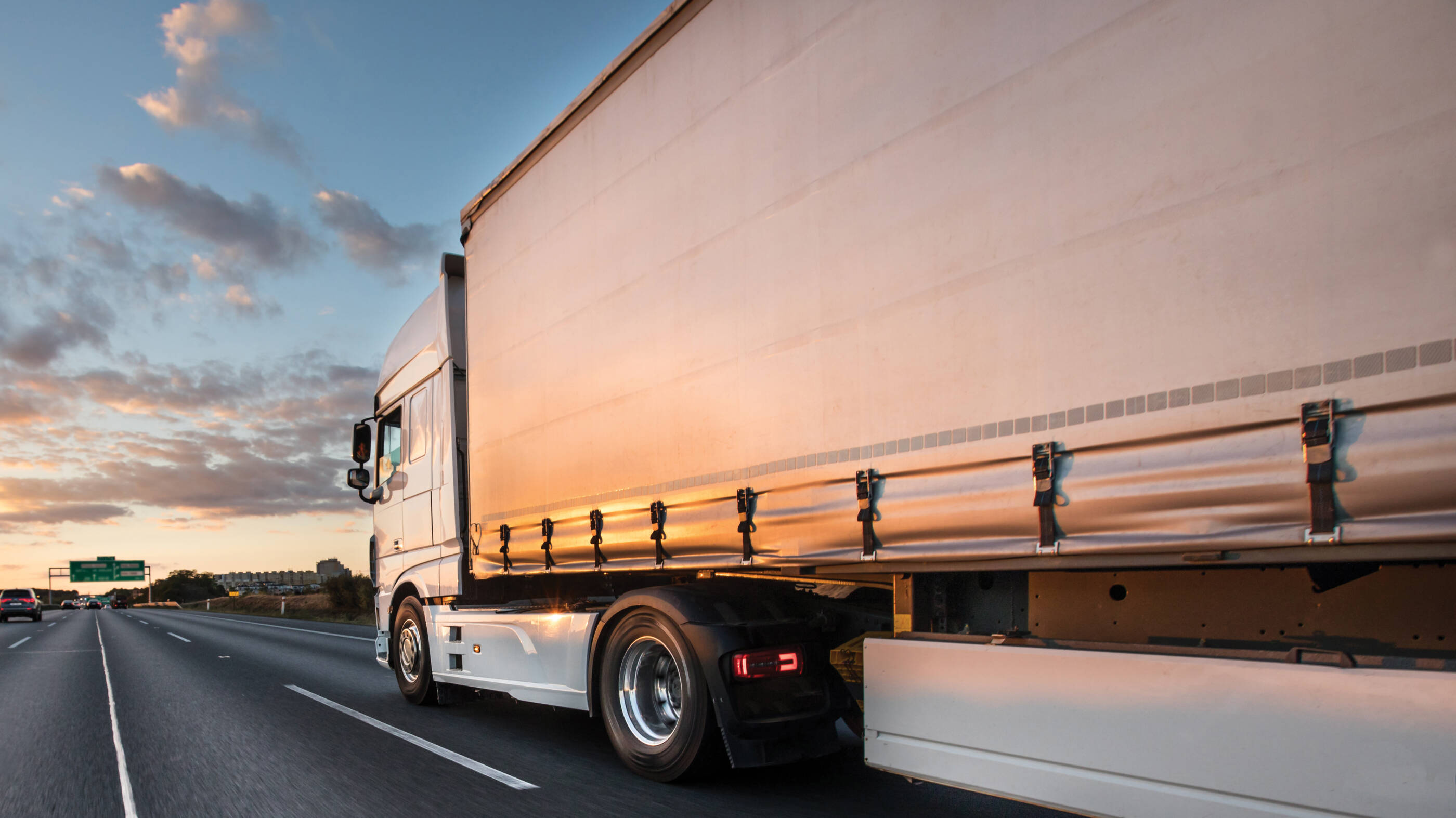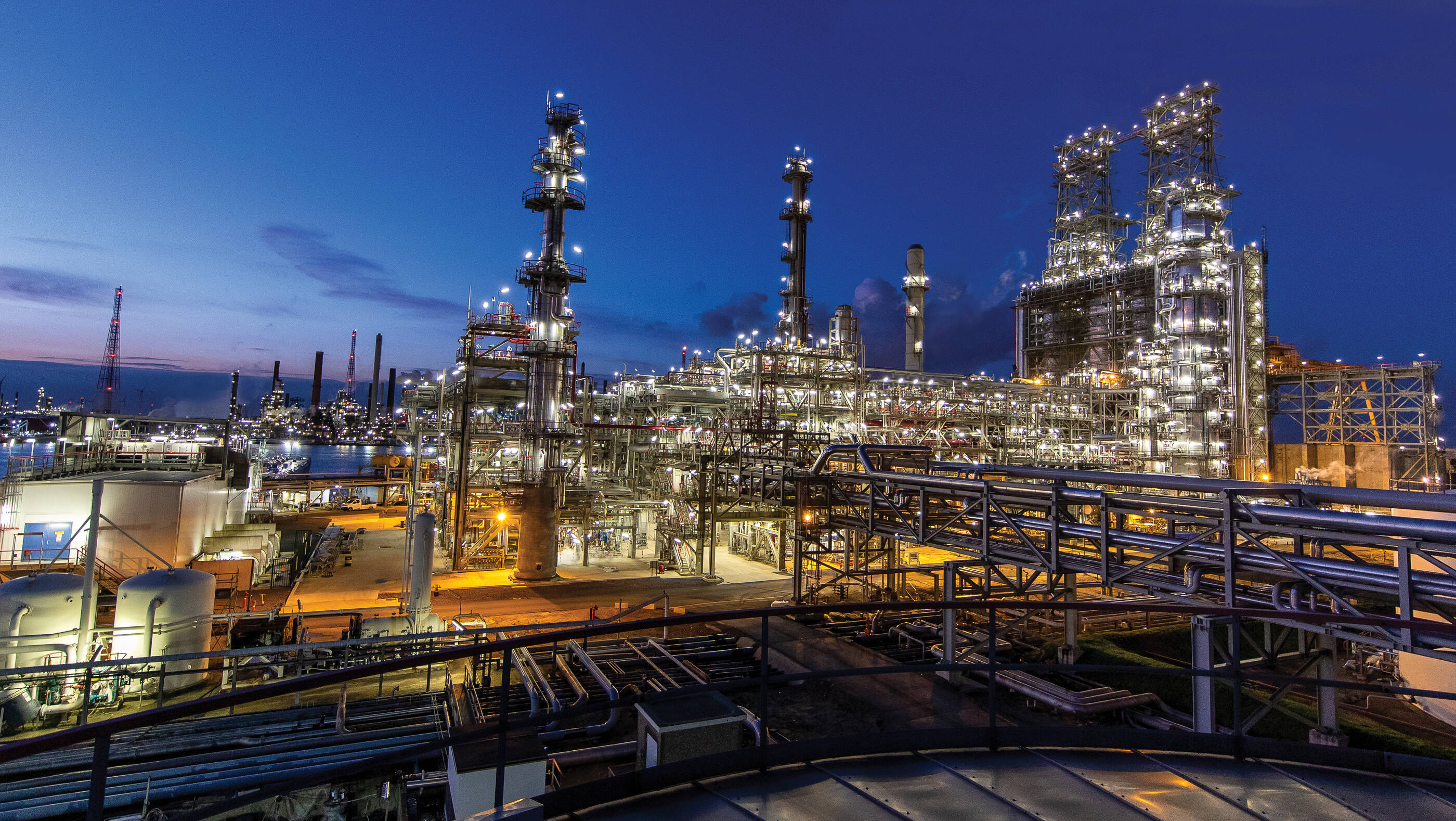selected item

3 min read
• July 23, 2021Keeping wind turbines turning for longer
3 min read
• July 23, 2021Wind turbines – particularly those located offshore – are hard-working machines with long operational lives. Modern turbines utilize an array of advanced technologies and are constructed from many specialist materials. These materials and the conditions they operate in require lubrication from specialist oils and greases – with specialised products required for each individual moving part of a turbine.
Demand from the sector is growing rapidly. Between 2008 and 2019, wind’s share of EU electricity generation grew from 3.9 percent to almost 12 percent, and almost 2,000 wind turbines were installed across the EU and the UK in 2020. These turbines can expect to be in near-continuous operation for 20 years or more – and advanced lubricants can help reduce costly maintenance visits and reduce the wear on parts, to help the turbine last longer.
ExxonMobil is a leading manufacturer of wind turbine lubricants and has developed many specialist products for the sector. Energy Factor Europe sat down with Gunnar Sienknecht – an ExxonMobil engineer and specialist in this field – to find out how turbine lubricants have developed in recent years.
Energy Factor Europe: How important is lubrication for the operation and durability of a wind turbine
Gunnar Sienknecht: Lubrication has always been absolutely key for wind turbines to operate and this will certainly continue. Without any lubricants – oils and greases – it’s impossible for the turbine to run and generate electricity.It is not only the actual lubricant that’s essential to keep blades turning – the associated service elements also play an increasingly significant role in this space. Services such as enhanced Used Oil Analysis, condition monitoring, and predictive maintenance – just to name a few. These services help to get the full benefit out of our high performance oils and keep operations safe and productive.
EFE: How many parts of the turbine require lubrication and what kind of parts are we talking about?
Gunnar: It varies. The most important ones are the main gearboxes, the main bearings, the pitch and yaw bearings, the generator bearings, the gears and the hydraulic systems. The main gear box has the highest demand for lubrication oil. Depending on the turbine size, that can be between 200 and 1,400 litres of lubricant. Each individual application point inside your turbine can have very particular requirements.EFE: How long does lubrication typically last?
Gunnar: The industry standard or expectation was typically for oil to last for around four to seven years, but this has changed rapidly. Seven years is now about the minimum lifetime operators expect – and we aim for our oil to last significantly longer. For example, our new product Mobil SHC Gear 320 WT has a warranty lifetime of 10 years. That means 10 years is the minimum period that customers would expect before the lubricant needed changing. And it might last even longer.We see a huge trend towards ‘fill for life’ capable oils and we are currently working on comprehensive solutions to meet these requirements. It is the combination of the right oil and accompanied services which will help operators run turbines even longer without any oil changes. Oil changes are time consuming, expensive and potentially hazardous operations, especially out at sea – so the need for predictive maintenance through automated processes is increasing too. Operators want a product which is stable over a long period of time without sudden oil condition changes. Not to mention that fewer oil changes mean less waste oil, a critical aspect for operators to also take into consideration.
EFE: So you fill the wind turbine with oil on day one, and you would expect not to have to go and refill it for 10 years?
Gunnar: Yes – but this is only possible with really good, state of the art lubricants. It’s not a standard. In the early days of of the wind industry, mineral oils were standard, not special wind turbine oils, and these had a service interval for maybe up to two years. Then we changed to more high-quality oils and synthetic oils. And with that, the oil lifetime increased to around five years. Now we’re moving up to 10 years – and as I mentioned before: we aim for even longer. Stay tuned!
EFE: So how do you know when to change the oil?
Gunnar: Depending on the service interval, the oil is checked around once every six or 12 months, and according to the results, you can decide to go ahead with your charge for another half year or for another year. The most important thing is to check whether you have evidence of wear or chemical abnormalities inside of your gearbox, which can be detected by particle counts and checking the chemical elements. Using this data, you can figure out whether the oil is fit for continued use or not. Used Oil Analysis is key to detect any abnormaltities.
Sensor technology, real time condition monitoring, and further digital solutions have been tested in the field – and, as you can imagine, we have been part of these tests as well. ‘Oil as a service’ is the future and we certainly want to take part in this. We have been in the wind industry from day one and we aim to keep our position as one of the industry leaders.
EFE: How easy is it to get lubricants approved for use in wind turbines?
Gunnar: The approval standard for the wind industrial products is high. Different institutes have created very specialized tests, to cover predictive problems you can have within your turbine.
Different oils also need different levels of approval. You have to convince the manufacturer of each component of the turbine – as well as the manufacturer of the turbine itself – to get an approval for the turbine application. Even when you have already received the gearbox approval, you don’t necessarily have approval for the turbine. It can be a long process!
EFE: What does the wind turbine lubricant market look like?
Gunnar: It’s not very easy to create a product with such high requirements. So of course we have strong competition, but there are relatively few lubricant makers supplying special gearbox oils and greases. That’s a small circle compared with lubrication for hydraulic systems, for example. Those applications require performance which can be covered by more common industrial lubricants – there’s no special formulation for the hydraulic brake systems, even in wind turbines. And customers are increasingly asking for higher technology value-added services that help them improve the productivity and sustainability of their assets.
EFE: How is the demand for these products likely to develop in the future?
Gunnar: Demand for renewable wind power continues to grow which is driving the introduction of new wind turbines. There are many re-powering processes to consider as well. Turbines that were installed, say, 15 years ago, will be replaced with newer turbines, which may demand higher quality lubricants. And, of course, they are bigger turbines. So the requirements of high-level lubricants are rising from year to year.
Lubricants also have to react to new technologies within turbines. We are in close contact and cooperation with makers of turbine parts and wind turbine builders, as well as owner-operators of wind farms. For example, a new system for operating each blade (Individual Pitch Control) – which means you can better optimize the load condition of your turbine – requires a very high performance level regarding blade/pitch bearing greases in operation against wear mechanisms. This additional performance criteria is different to the needs of a common blade or pitch control system. Only a few products in the market meet these high level requirements.
Furthermore, customers are focusing on reliable products with an extended service interval and a lower environmental footprint. We’re currently facing a phase of new formulation requirements to cover these future demands.
Wind energy is an industry undertaking a huge transformation and we aim to be a vital player in the course of this change.
Technology and collaborations
Explore more

Fueling the future: Renewable diesel production begins at Strathcona Refinery
2 min read
• Aug. 5, 2025
Optimizing to meet global demand and higher living standards
2 min read
• April 23, 2025
Fueling the future: Explore our lower emission fueling options for commercial fleets
3 min read
• Sept. 20, 2024
Can a Cowboy drive an EV? We’re finding out
2 min read
• April 25, 2024
Decarbonization not deindustrialization: Why Europe needs industry to deliver climate solutions
3 min read
• March 17, 2024